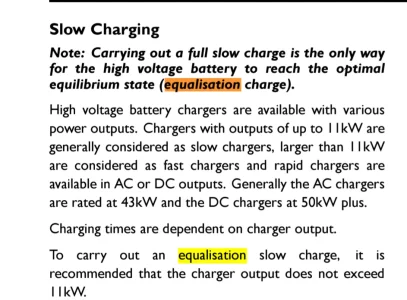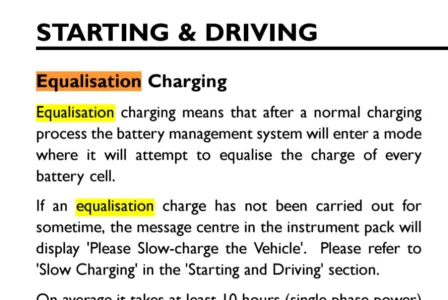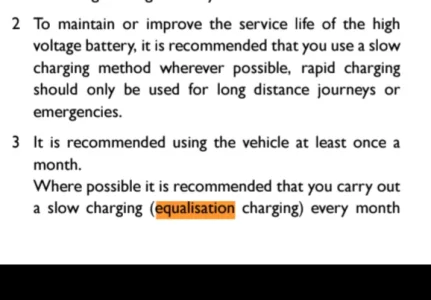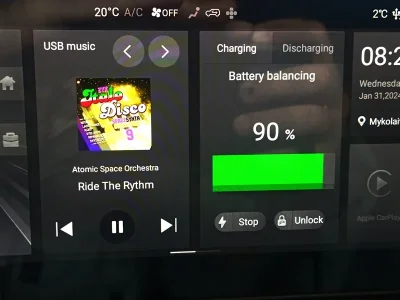MarkHoward
Standard Member
Two questions please:
1. Has it been clarified yet whether a full equalisation charge is achieved with an NMC battery at 80%? (or will that only happen at 100%?)
2. Is it possible to achieve a full equalisation charge (at either 80% or 100%) using scheduled charging - or will the charge terminate as soon as the charge gets to the specified charge level, without maintaining the charge connection so as to achieve the balancing? (Reason for this is to balance during off-peak power - in the middle of the night when I'm not able to watch the charge rate)
1. Has it been clarified yet whether a full equalisation charge is achieved with an NMC battery at 80%? (or will that only happen at 100%?)
2. Is it possible to achieve a full equalisation charge (at either 80% or 100%) using scheduled charging - or will the charge terminate as soon as the charge gets to the specified charge level, without maintaining the charge connection so as to achieve the balancing? (Reason for this is to balance during off-peak power - in the middle of the night when I'm not able to watch the charge rate)
Last edited:



